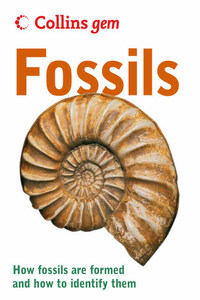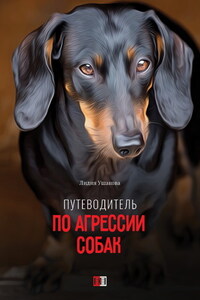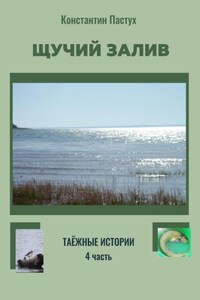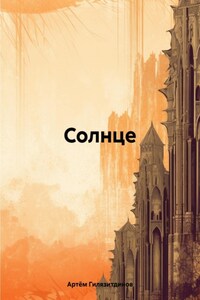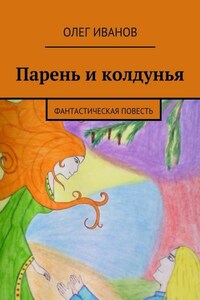Around 49 million years ago, in Early Eocene times, Messel in Germany was a wooded lakeland inhabited by a wonderful diversity of life. A time-traveller would recognize many of the plants and creatures living there, including the snakes, bats, birds and insects. However, other creatures would seem out of place in Europe today. Altogether there were 35 different kinds of mammals including anteaters, pangolins, large hedgehog-like creatures, opossums and lemur-like primates. There was also a small-dog-sized mammal with hooves on its toes, known as Propalaeotherium, which was one of the earliest horses.
Many of the plants would also be familiar, the laurel, oaks and occasional conifers, but alongside them grew more exotic kinds for northern Europe â palms and citrus trees. Most noticeable to us would be the absence of grasses, which had yet to develop.
We can reconstruct the original scene at Messel in such detail because the lakebed sediments preserved their fossils in wonderful detail, which includes soft tissues such as hair on the mammals and feathers on the birds. Scientists have been able to study the plant and animal fossils because so many have been carefully collected and preserved over decades of collecting from the site. Such is the wealth of fossil material at Messel that it has been declared a World Heritage Site.
Modern analysis of the biota reveals creatures that were thought to be restricted to South America and Asia today. This part of Europe enjoyed a warm temperate climate at the time and was clearly something of a crossroads for migratory animals, many of which subsequently died out as the climate became cooler.
Lakeside life at Messel some 49 million years ago
Unfortunately, rock strata with such well-preserved fossils are rare. As we shall see, most of the fossil record is made up of fossils that do not preserve as much information about the original organisms or the environments in which they lived. Even so, scientists who study fossils (palaeontologists) can recover a surprising amount of information by working like detectives, searching for clues from fossilized shells, bones and teeth. The way they are preserved and the surrounding sediments and their chemistry tell us about where they lived and where they were buried.
Fossils are the remains of once living organisms preserved in ancient sediments and rock strata. As such they are the main evidence for past life and its complex evolutionary history of originations and extinctions. Fossil âremainsâ vary enormously, from organic molecules that may be billions of years old to footprints of our extinct human relatives and entire skeletons of animals ranging from fish to dinosaurs. Very rarely are delicate organic structures such as DNA, muscle fibres, feathers, hair or flowers fossilized.
Most fossils are made of the toughest and least destructible parts of past organisms. For instance, common plant fossils include microscopic pollen grains and, at the other end of the scale, large pieces of woody tissue found in coal deposits.
The most abundant fossils are seashells. They range from the microscopic shells of unicellular organisms such as foraminifers (see p.80) to those of the more familiar clams that still inhabit our seashores. The bones and teeth of vertebrates are generally much less common.
Altogether, the proportion of life that has any chance of being fossilized is very small. The actual fossil record is highly biased towards common organisms with relatively indestructible hard parts such as shells, bones, teeth or woody tissues. This bias is emphasized by the nature of the sedimentary rock record, which tends to preserve large volumes of shallow sea sediments. Nevertheless, some important geological environments do preserve large volumes of land-based sediment and land-dwelling organisms.
Recognition of fossils as the remains of past life was achieved by some ancient scholars such as Xenophanes of Colphon (
